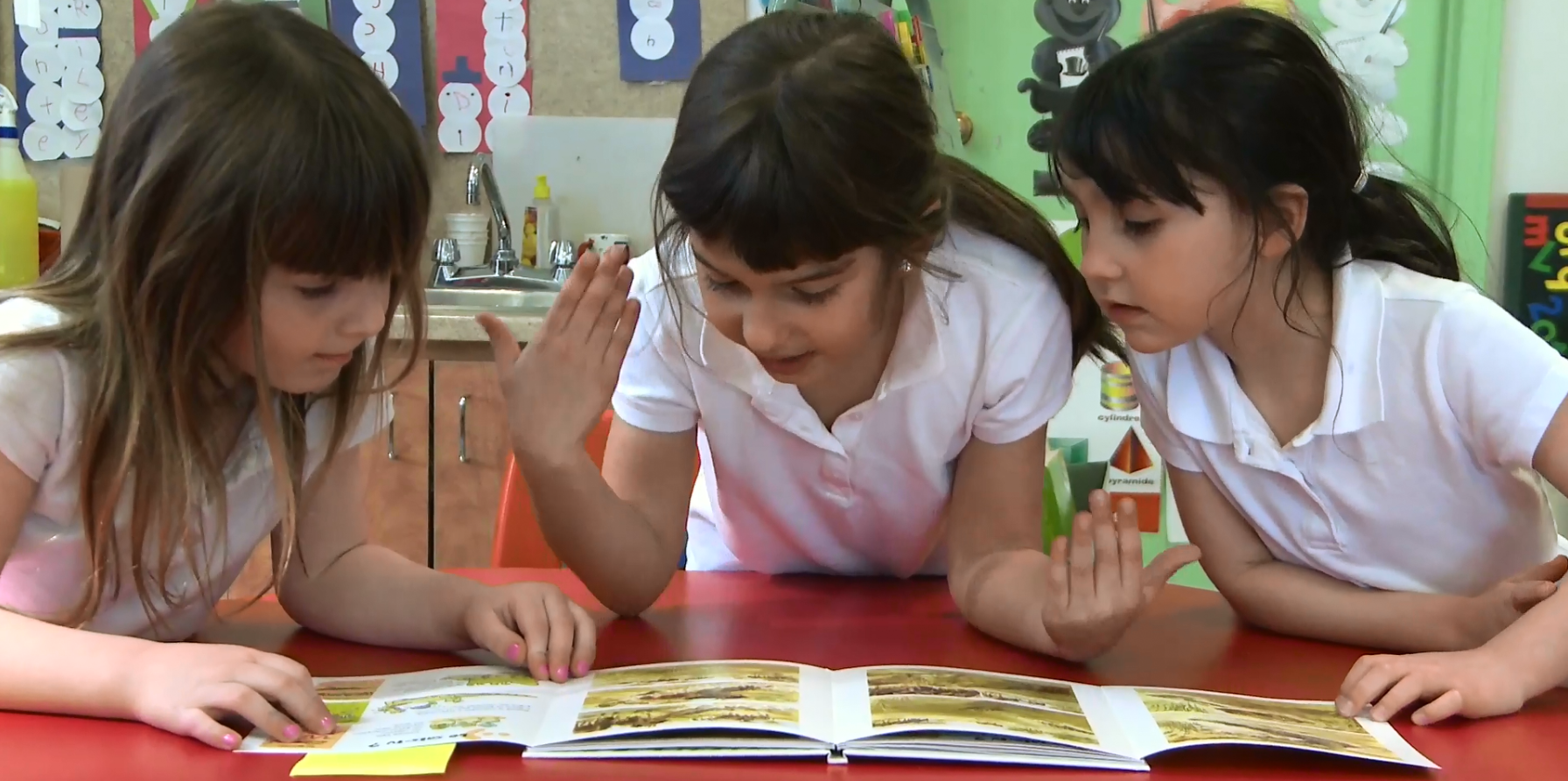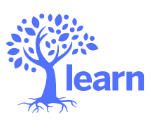Emergent Literacy

Children's Literature in the Kindergarten Class
These 4 videos illustrate techniques that help the children make meaning from text. The teachers portrayed here work in the English sector, one in a disadvantaged area school, the other in a 50% immersion program. They all received initial training in the techniques shown here. (French videos, English text)
Reading the image
In this video, a teacher helps the children become more adept and autonomous readers by interpreting visual cues relating to place, time, the characters, their actions and feelings.
Predicting
In this video, the teacher encourages her students to make predictions before and while reading a story. She gets them to call upon their personal experience, prior knowledge, and the cues found in the text and the illustrations. Developing this strategy helps students become more actively involved in their search for meaning.Reading documentaries
In this video, teachers accompany their students while they read the images in documentary albums. The students discuss the images and interpret them to find the answers to their research questions.
Making inferences
In this video, a teacher encourages the students to make a variety of inferences while reading the story in order to make the causal chain more apparent. The children thus realise that a story is not simply an enumeration of events but rather a series of adventures linked through cause and effect.
http://www.musicscreen.be/musique-libre-de-droit/Catalogue/Garymed.html
© All rights reserved
Reading Development in a Variety of Contexts
Children in Kindergarten are usually somewhere in the range between early emergent readers and emergent readers.
Early emergent readers are beginning to learn sound/symbol relationships - starting with consonants and short vowels - and are able to read consonant-vowel-consonant words, as well as a number of high-frequency words.
Emergent readers are developing a much better grasp of comprehension strategies and word-attack skills. They can recognize different types of text, particularly fiction and nonfiction, and recognize that reading has a variety of purposes.
Here are illustrations of the range of behaviours that can be seen in our classrooms.
Using pictures as cues
A second language child explains what the take-home mascot, Rose, over the weekend.
Making connection between speech and writing
A child reads the morning chant while listening to the CD.
Sound-it-out strategy
While reading a familiar book, a child uses the sound-it-out strategy to remember a specific word.
Seizing an opportunity for reading
Joëlle Beauchamp tells the story of how a wonderful reading situation emerged from a simple question.
Other preschool language-related resources on the LEARN web site you might like
-
The Kindergarten development profile
A tool to help you observe language development in your class. Download
-
Videos: “The Kindergarten” series
Get the video on Emergent Literacy and download the accompanying guide. (In Professional Development) Go to page

 FACEBOOK
FACEBOOK TWITTER
TWITTER
 INSTAGRAM
INSTAGRAM LINKEDIN
LINKEDIN